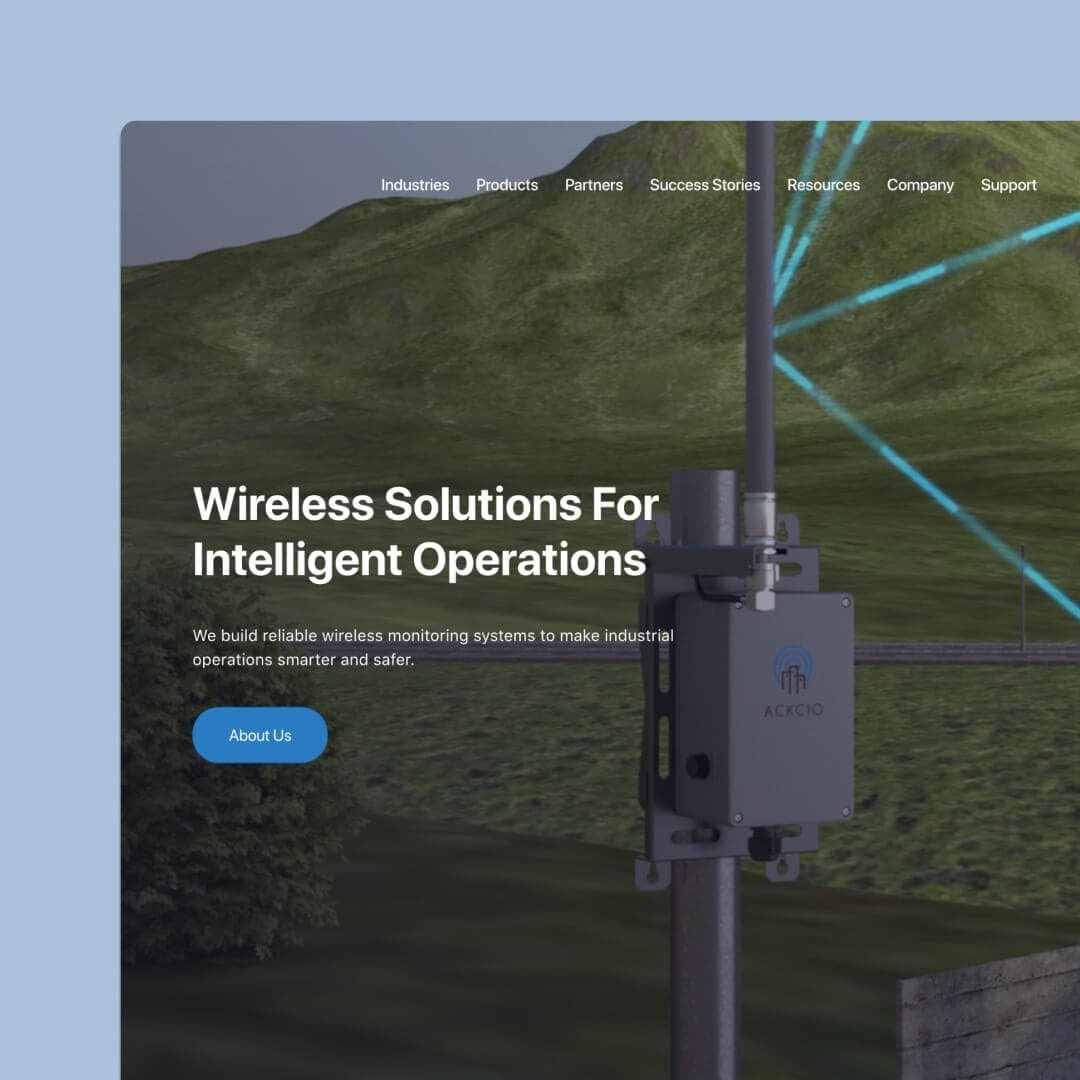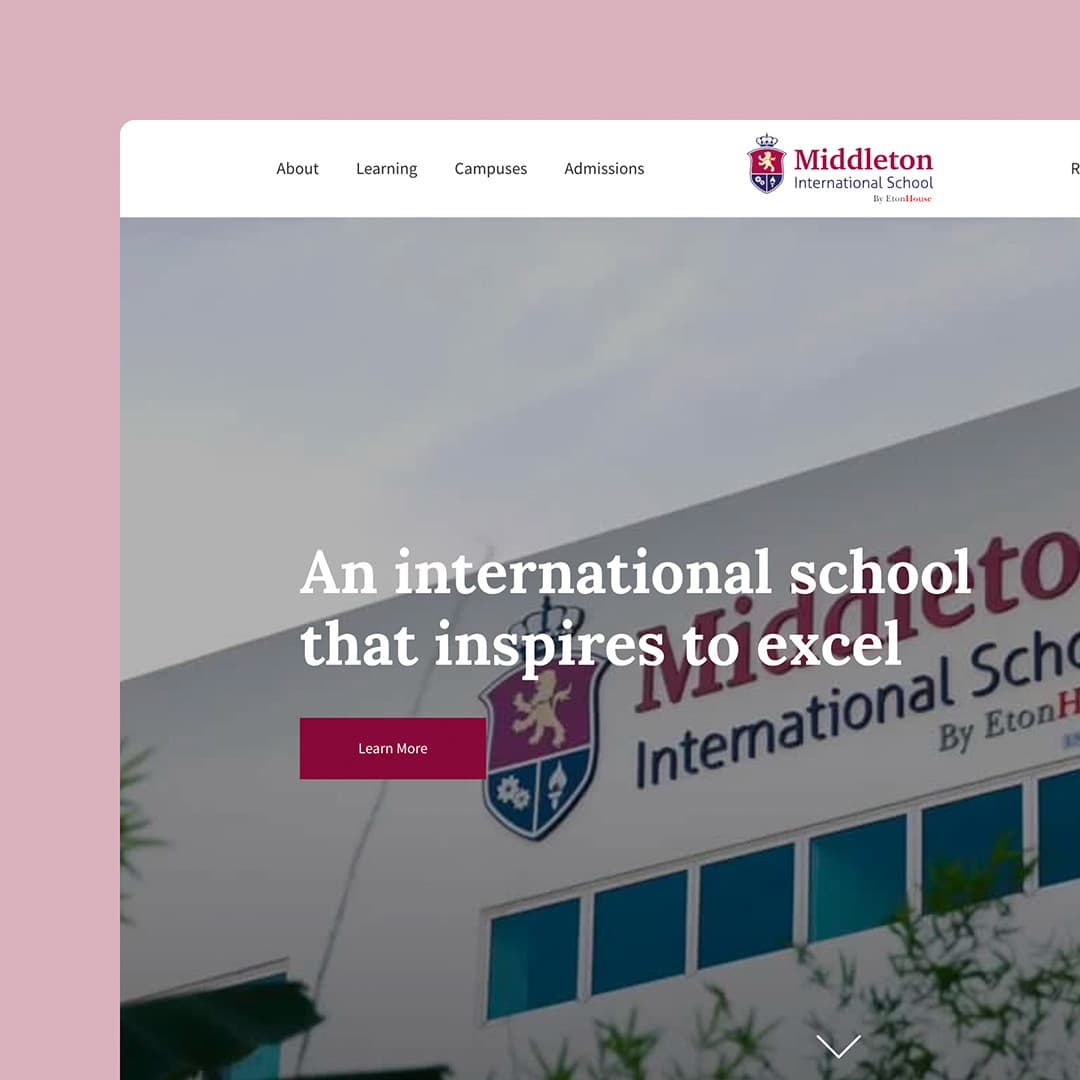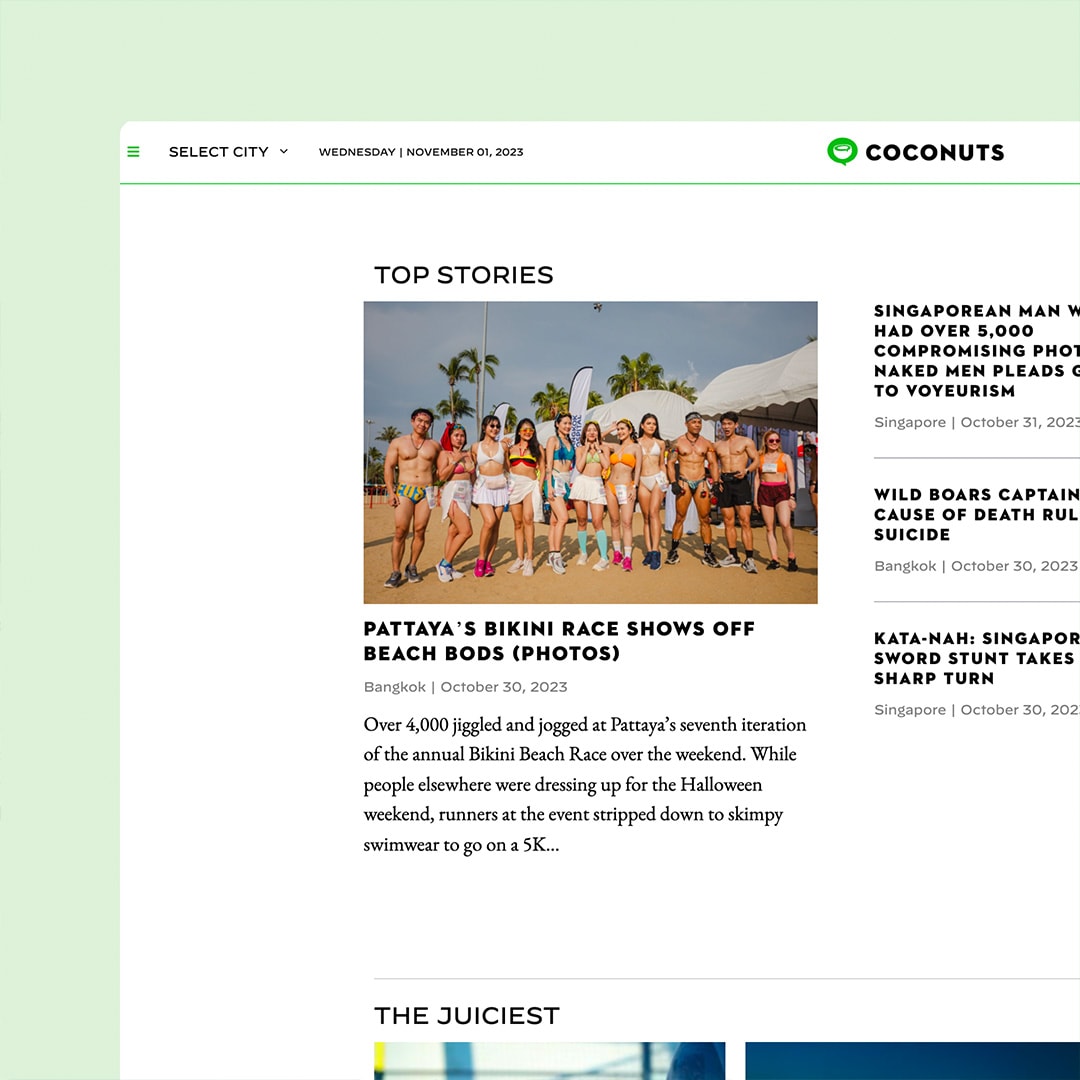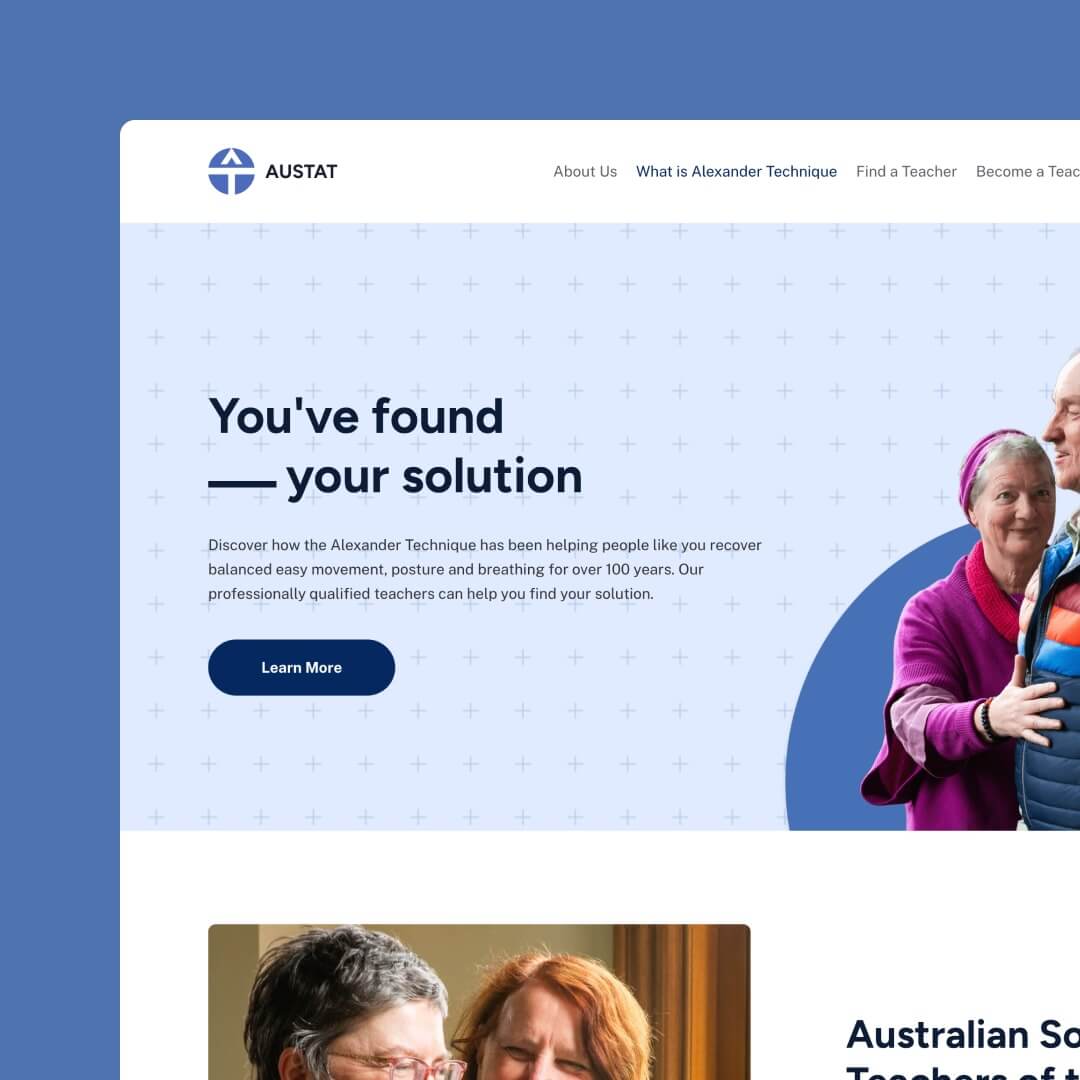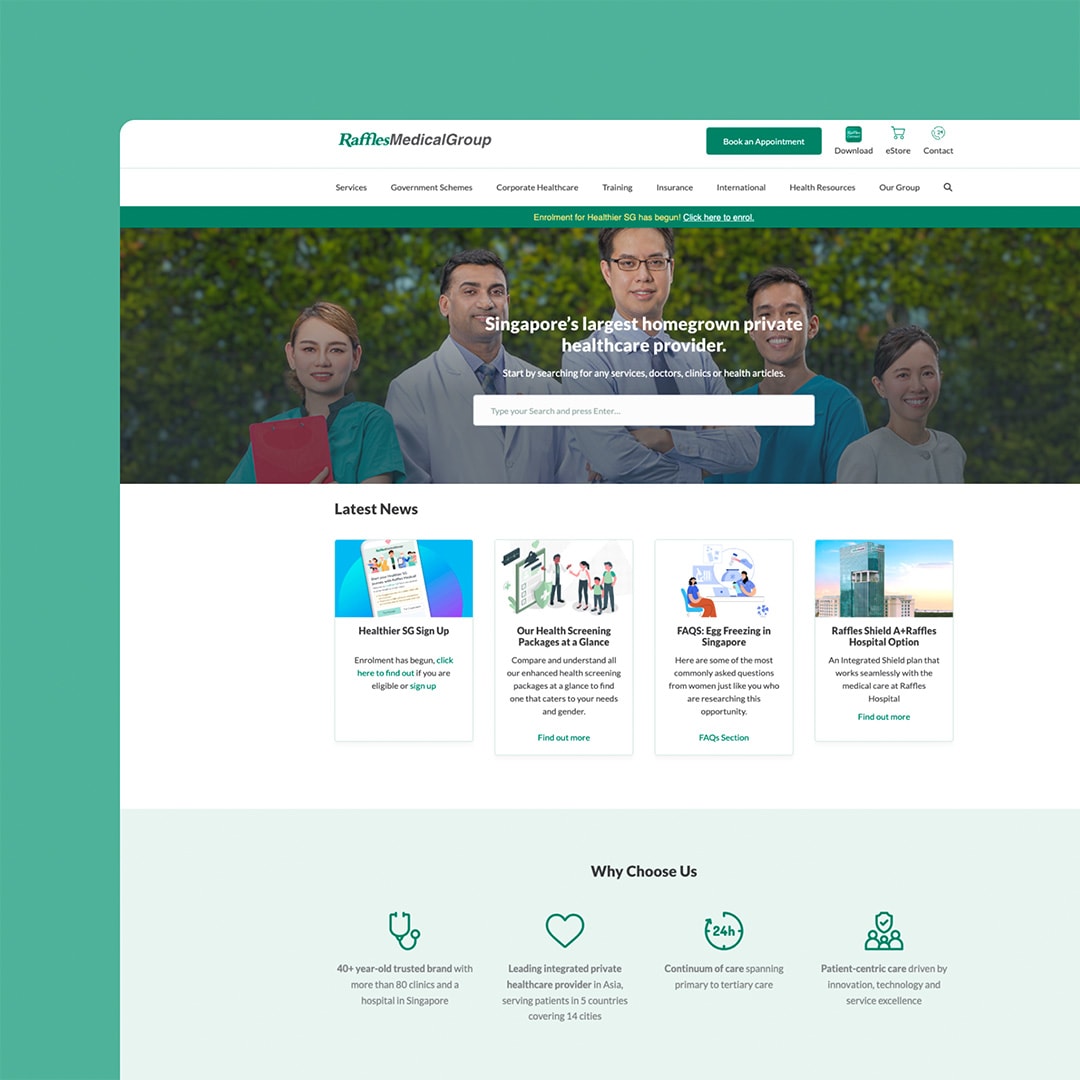
So you’re thinking of building a website for your business or personal project and wondering why should websites meet one main goal? It’s a big question that can make or break your business.
Defining your web design goals is a crucial step as it sets the direction and purpose of the site. Clear goals = clear structure, targeted content and user engagement = success in your online endeavour.
This article will dive into the importance of defining goals when building a website, how it shapes the design, content and overall user experience. You’ll learn why this step is a must and can’t be missed in building a website that speaks to your audience and serves your clients’ needs.
Key Takeaways
- Defining goals for your website establishes direction and supports decision-making.
- You can maximise your website impact by aligning with your broader business objectives.
- Content and design should complement your goals to facilitate success and growth.
- It would help if you looked to send a clear, direct message above having a decorative or contemporary website.
Website goals should be specific, measurable, and well-defined, like any business goals. A clear understanding of your website’s purpose will enable you to prioritise, structure and maximise potential for your online reach.
Don’t just go with whatever is most eye-catching or contemporary. Your website design and layout must align with your broader business objectives, and the content and structure must complement and reinforce your goals. It’s the only way to send a clear and trustworthy message about what you do and why you do it.
Sound tough? It’s not. Careful planning and intentional choices will help you develop a comprehensive website strategy that will position your online presence for exceptional results, and the team at Chillybin are here to help you on every step of the journey.
Table of Contents
Understanding the Concept of Website Goals
The more time you spend defining clear goals as part of your preliminary website plan, the stronger your online presence will be. This planning step ensures that your website serves a specific purpose and contributes to your organisation’s objectives.
The concept of website goals revolves around identifying the desired outcomes and results you want your website to achieve.
How to define your website goals
To define your website’s goals, start with why you want your business to succeed. Why did you begin this journey? What impact do you want to make, and how can a website expand on that original goal? Get specific and list as many benefits as possible, focusing on what others can get rather than your enrichment.
This is all work you will need to have plotted out for your content strategy anyway, so doing it here will save you time regarding your mission statement, home page and about us content pages. Even your blog content can be created from what you discover in this thought-mapping session.
Defining your website goals will help you with the following:
- Your website design and development process
- Decisions regarding content, layout and functionality
- Efficient allocation of resources
- Allocation of marketing efforts
- Search Engine Optimisation (SEO)
Examples of website goals
Website goals can range from increasing brand awareness and improving customer interaction to becoming an industry leader or generating revenue through sales and leads. No matter what they are, these goals must align with the company’s mission, vision and overall objectives.
Think about your reach. Are you targeting local, national or global audiences? Make sure the language and information you use match your chosen area coverage. You must also drill down and think about what demographics are most attracted to your business and offer information, deals and media that best suit their needs and desires.

Top Reasons for Defining Goals in Website Creation
A business can effectively plan and develop a website that aligns with its objectives by establishing clear goals.
One of the main reasons for setting goals in website creation is to ensure that the content produced is purposeful and relevant. High-quality and focused content attracts the target audience, enhances user experience, and effectively communicates the brand’s message.
Great content aids in search engine ranking, leading to increased visibility and online traffic.
Defining your goals will help design a functional and visually appealing website with an organised layout and user-friendly navigation. This will help reduce bounce rate, positively impact user experience, reinforce brand identity and encourage user engagement.
You’ll also see benefits within your business with efficient project management and resource allocation, smooth communication among team members, and fast and accurate website development and completion.
Once your website is published and live, you can see the ongoing benefits of measurable benchmarks, allowing business owners to evaluate the effectiveness of everything from content and design to marketing strategies. When you have benchmarks, you have a doorway for continuous improvement, allowing you to rapidly and accurately respond to shifting and changing user preferences and industry trends.
Types of Website Goals
Businesses and individuals can tailor several website goals to meet their needs and intentions.
Increase Brand Awareness
A well-designed and informative website will not just represent who you are but effectively introduce a brand to an increasing number of people, creating a positive and memorable impression that goes hand-in-hand with trust and authority. By showcasing the brand’s unique selling points, values and personality, businesses can establish a robust online presence, enhance their reputation among their target audience, and provide a voice, face and company that people can relate to.
Lead Generation
A website can serve as an excellent platform for capturing and nurturing potential customers by offering valuable content, including:
- Blog posts
- eBooks
- Webinars
- Expert opinions
- Tips and hacks
- Comments and conversations
Adding both primary and secondary calls-to-action into a clean website design can encourage visitors to provide contact information so you can create a connection that stretches long past their initial visit.
The more positive and helpful touch points your leads receive, the more their trust and willingness to convert to leads.
Increased Website Traffic
A higher volume of visitors on the site can lead to increased brand awareness, lead generation and conversions. The best way to do this is through organic means rather than advertising. Visitors who come to your website via referral or search engine clicks are far more likely to commit and take action.
Search engine optimisation (SEO), content marketing, and email marketing strategies are all good methods you can bring in to drive users to your site.
Getting SEO right is complex because thousands of points need to be covered upfront and behind the scenes. Ignoring any of them can hurt your rankings, so you need to work to make your website high-quality from every angle – a website audit can go a long way here.
If it makes life easier for people visiting your website (i.e. you answer their questions) and you have fantastic information to share engagingly. In that case, you’ll go well on search returns, so look to offer the best quality you can.
Build a database
By encouraging visitors to sign up for newsletters or other content, businesses can create a database of interested and engaged users to whom they can send regular updates and promotional materials. This can help to keep the business top-of-mind among potential customers and enhance long-term customer retention.
It also helps you know how many people are interested and what information they are looking for, allowing you to tailor your data and services to meet their needs and talk to them personally.
Make Money
No business, not even non-profit, can survive without an income, so behind every website, it makes sense that there is a goal to make money.
E-commerce websites, for example, focus on selling products or services directly to customers. Other business models, such as affiliate marketing or advertising, can generate revenue through the website by promoting different brands or displaying ads. By clearly defining their revenue-generating goals, businesses can create a targeted website strategy that aligns with their financial objectives.
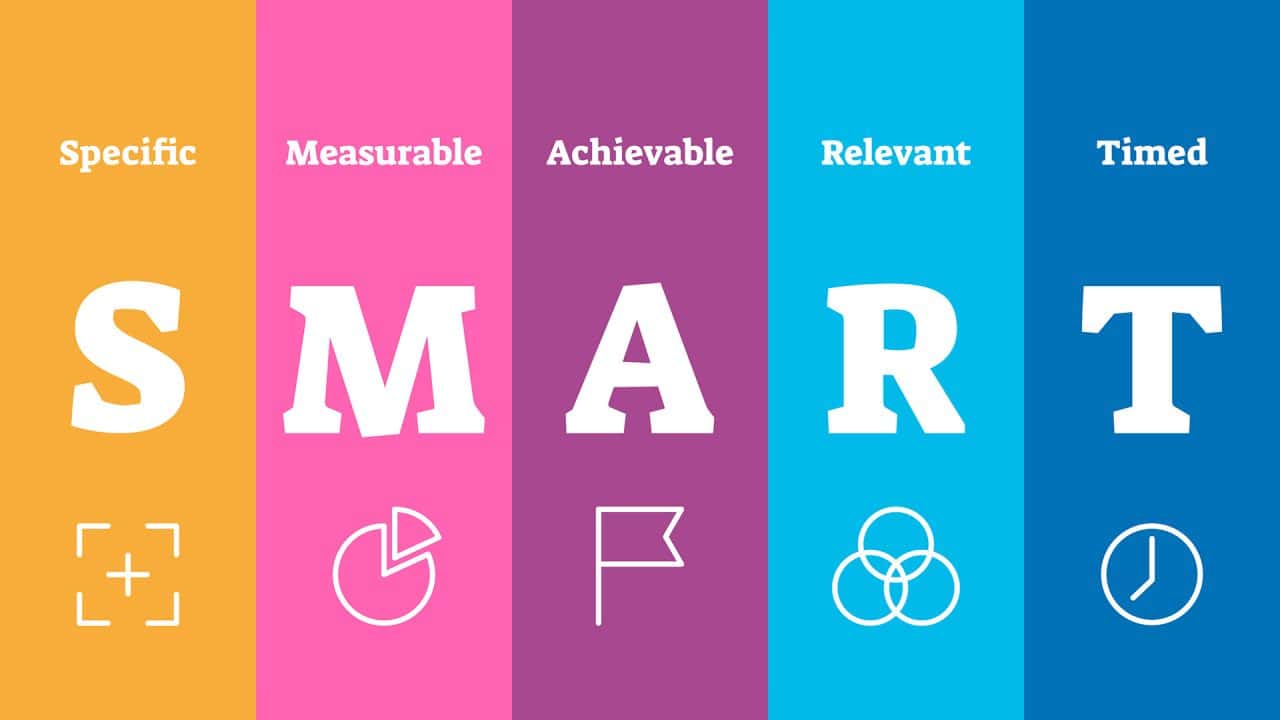
Specificity in Website Goals
Establishing clear objectives enables creators to develop more focused strategies that effectively address the intended purpose of their website. This increases the chances of success and allows for more efficient use of resources and efforts.
One way to ensure specificity in website goals is by implementing the SMART criteria. SMART stands for Specific, Measurable, Attainable, Relevant, and Timely, making them clearly defined but also actionable and time-bound.
Setting unattainable goals can lead to frustration and wasted efforts. It is essential to assess the available resources, budget, and capabilities when defining goals to ensure they are within reach.
For example, a goal to “increase online sales” might be too vague to guide a website’s development effectively. A more specific and measurable goal would be to “increase online sales by 10% within the next quarter”. This type of goal pinpoints the exact objective and sets a timeframe and criteria for success.
Prioritising and Structuring Website Goals
Now that you have the goals defined and outlined in SMART format, it’s time to prioritise and structure your action steps.
In structuring website goals, this process involves breaking down the main objectives into smaller, more manageable tasks. This can include defining specific functionality requirements, identifying target user groups and establishing the desired site aesthetics.
A structured approach ensures that all aspects of your web design and development are addressed, leading to a more cohesive and user-friendly site that meets your needs from the very start.
By prioritising and structuring goals, businesses can build a website that caters to user needs and expectations, resulting in a great user experience that wows and informs. While ultimately, you want to drive growth and contribute positively to the organisation’s overall success, the beginning is making a website that users love.
Achieving the ideal balance between web design and functionality is necessary to offer a seamless and enjoyable experience, where prioritising and structuring website goals can play an instrumental role.
We build stunning, user-focused websites that will wow your customers.
Are you a business owner in Singapore, Australia or worldwide? We work with clients across the globe to deliver beautiful yet functional website designs.

How Content and Design Achieve Website Goals
Content is crucial to website success because it is how you communicate your message, values and purpose.
You can have the world’s best-looking website, but it isn’t significant if you don’t have high-quality, informative content that is valuable to your readers.
As well as being valuable, your content needs to be appropriately structured and easily discoverable. Utilising relevant keywords and implementing search engine optimisation (SEO) techniques can improve a website’s ranking to increase visibility and reach.
While content will be the core of your website communications and require ongoing work, your website design is a vital factor in grabbing initial attention and steering your website visitors through a journey that will be rewarding.
To achieve this, it is crucial to maintain a clean layout, use appropriate typography and incorporate visually appealing images, media and videos.
What looks great on your desktop must also be translated to other devices. Different devices have different screen sizes, orientations, and features you want to engage in, such as touch-responsive screens. Ensure you cater to the increasing volume of customers turning to mobile devices for browsing.
Consider how you can make use of:
- Contact forms
- Live chat
- Social media
- Online transactions
- Bookings
- Maps
Considering these elements when developing a website ensures that the result is visually appealing but also informative and effective in driving the desired outcomes.
Maximising Conversion Rates
Your business goals can also be used to maximise conversion rates by measuring the effectiveness of your website.
Conversion rate is the percentage of visitors who complete a desired action on your website, which can be anything you choose, not just a sale. For some businesses, a conversion might be a purchase, but for others, it could be signing up for an email list, filling out a form, reserving a seat at an event or attending a webinar.
Setting specific goals for conversions makes it possible to monitor and assess the performance of a website’s marketing efforts. Typically, conversion rates range from around 1-3%, but even a slight increase can lead to significant growth in sales revenue.
A well-defined goal provides a foundation for optimising the elements you need within your website design and content, such as:
- Site Layout
- Page load times
- Mobile responsiveness
- Call To Action buttons
- Navigation bars
- Persuasive copy
Having clear and persuasive call-to-actions (CTAs) on your website can prompt visitors to take the desired steps towards conversion.
To measure your website’s conversion rate, use the formula: (Number of conversions / total number of visitors) x 100. Regularly monitoring and analysing your conversion rate can help identify any issues or areas requiring improvement. Furthermore, it enables opportunities for optimisation and informed decision-making.

Maintaining a Low Bounce Rate
Your website should have a clear layout, intuitive navigation and easily accessible information. This will encourage users to explore the website further and reduce the likelihood of them bouncing off.
Another crucial factor to consider is the site’s load speed. A quick-loading website is essential for providing a positive user experience, especially on mobile devices. Aim for a page load time of around 2.5 seconds for desktops and 8 seconds for mobile devices.
It is also essential to analyse your website’s traffic sources. Traffic from some sources may exhibit higher bounce rates than others. Therefore, identifying and focusing on low-bounce rate sources will aid in lowering the overall bounce rate. For instance, if visitors from search engines show a lower bounce rate, consider promoting your website’s content through that channel.
Grow Your Email Subscriber List
A significant aspect of creating a website, particularly for small businesses, is to focus on growing an email subscriber list. Email marketing is crucial in reaching potential customers, nurturing leads and generating sales.
Email marketing often yields higher conversion rates than other digital marketing channels, such as social media.
There are a few key reasons and practical strategies that underscore the importance of this goal:
- Allow a direct line of communication
- Personalise information and deals
- Promote products or services
- Share important updates
- Keep your brand front of mind with regular engagement
To make subscribing a simple and easy process, incorporate a clear sign-up form at various points on your website, offering visitors an enticing incentive for joining, such as a discount, exclusive content or access to a free resource.
Another effective technique for increasing email subscribers is to promote the subscription option across social media platforms, encouraging people who already engage with the brand to stay in the loop with regular updates.
This cross-promotion can help small businesses reach a broader audience and convert casual browsers into dedicated customers.
Personalisation of emails can help improve user engagement, while segmenting the email list based on user behaviour or interests enables targeted marketing, further enhancing open and click-through rates.

Develop and Implement an Overall Website Strategy
Defining and implementing a comprehensive website strategy is vital for small businesses to ensure their online presence aligns with their objectives. Defining clear goals from the outset ensures that your website has a purpose and is an effective tool in your digital marketing strategy.
Identify your target audience
Identifying your target audience is essential for creating a website that appeals to the right users. A well-defined target audience can help guide your website’s design, content and functionality, ensuring it caters to their needs and preferences.
Consider both short-term and long-term objectives
Short-term goals might include generating a certain number of leads, boosting online sales, or improving search engine rankings. Long-term goals could involve building brand awareness, expanding your customer base, or establishing your business as a leader in your industry.
Brand Strategy
With your goals in mind, it’s time to develop a strong branding strategy. Consistency in branding elements like logos, colours, and messaging is crucial for creating a cohesive and professional online presence. This will help your website appear more trustworthy and enable users to identify your business across various digital platforms quickly.
SEO
Incorporating search engine optimisation (SEO) and keyword research during the website design process is essential to your overall digital marketing strategy. By targeting relevant keywords and using SEO best practices, you can increase the visibility of your website on search engine results pages (SERPs) and drive organic traffic to your site.
Data and Analytics
Regularly monitoring and analysing your website’s performance using web analytics tools will allow you to evaluate the effectiveness of your website strategy. Analysing data, such as user behaviour and traffic sources, can help you identify areas for improvement and make informed decisions on optimising your website to achieve your goals more efficiently.
Conclusion
Defining goals for your website is critical in creating a successful online presence. These goals serve as a roadmap for designers, developers and marketers, helping them make well-informed decisions and prioritising the right resources to achieve the desired outcomes.
You’ll need to prioritise and structure your website goals to align with your business objectives. It will also give you a clear direction for your website design and the user experience you want to create. If you are fuzzy about what you want – or are looking to please too many audiences at once – you’ll wind up with a website that doesn’t feel like anything in particular, is confusing, or doesn’t point in the same direction your business does. All these factors are off-putting to users and will not only have visitors turning away, but you’ll also get a high bounce rate, pushing you down the search results and burying your business so deep no one can find you.
With clear and attainable goals, a website can significantly contribute to an organisation’s overall objectives.
The importance of website goals cannot be underestimated. They are a foundation for every marketing effort and decision made throughout the site’s lifecycle. Chillybin has the skills and experience to help you achieve your website goal, starting with our comprehensive Discovery Session to kick off every project. Contact us today for help designing a website that will take your business to the next level.
Before you go…
If you’re wondering how much it costs to design a website and how much ongoing website maintenance costs, we’ve got you covered! Check out the articles below.



Frequently Asked Questions (FAQs)
Our expertise
Website Design
We mix creativity with UX thinking to design interfaces that feel seamless. Always responsive, always built around outcomes — leads, engagement, conversion.


